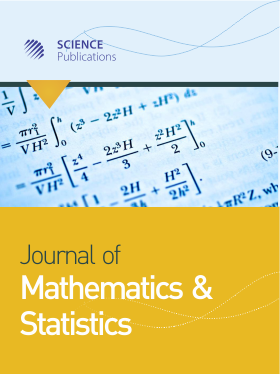Parameters Estimate of Autoregressive Moving Average and Autoregressive Integrated Moving Average Models and Compare Their Ability for Inflow Forecasting
- 1 University of Tehran, Iran
Abstract
In this study the ability of Autoregressive Moving Average (ARMA) and Autoregressive Integrated Moving Average (ARIMA) models in forecasting the monthly inflow of Dez dam reservoir located in Teleh Zang station in Dez dam upstream is estimated. ARIMA model has found a widespread application in many practical sciences. In addition, dam reservoir inflow forecasting is done by some methods such as ordinary linear regression, ARMA and artificial neural networks. On the other hand, application of both ARMA and ARIMA models simultaneously in order to compare their ability in autoregressive forecast of monthly inflow of dam reservoir has not been carried out in previous researches. Therefore, this paper attempts to forecast the inflow of Dez dam reservoir by using ARMA and ARIMA models while increasing the number of parameters in order to increase the forecast accuracy to four parameters and comparing them. In ARMA and ARIMA models, the polynomial was derived respectively with four and six parameters to forecast the inflow. By comparing root mean square error of the model, it was determined that ARIMA model can forecast inflow to the Dez reservoir from 12 months ago with lower error than the ARMA model.
DOI: https://doi.org/10.3844/jmssp.2012.330.338

- 9,507 Views
- 25,417 Downloads
- 197 Citations
Download
Keywords
- ARIMA
- ARMA
- modeling
- dez dam
- forecast of dam reservoir inflow
